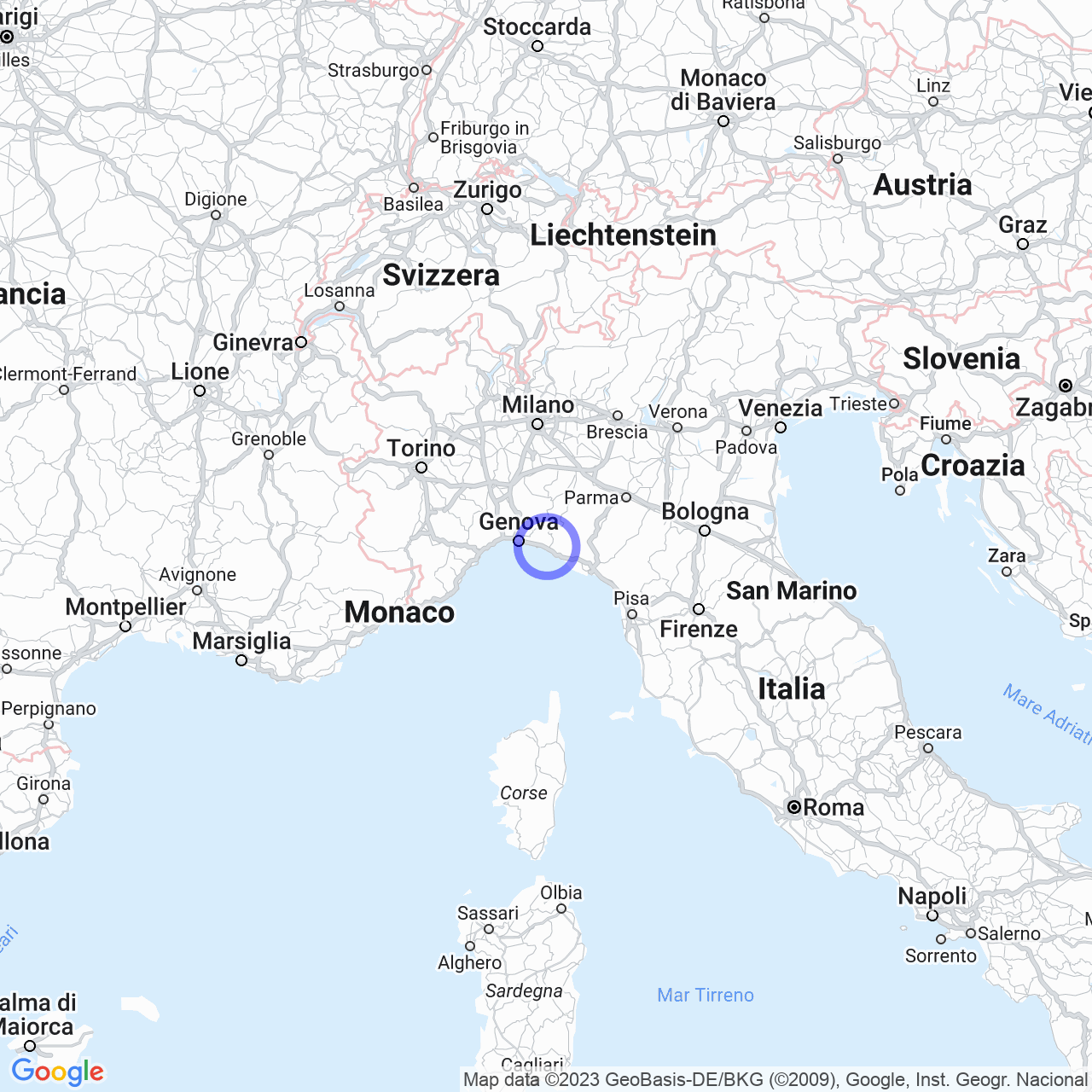Leivi
Discovering Lèivi, the Ligurian commune where nature and history meet
If you are looking for an ideal destination for your next vacation in Italy, Lèivi could be the perfect choice. This commune in the metropolitan city of Genoa, in Liguria, is nestled among the hills and mountains of the Apennines, east of the port city of Chiavari. In this article, we will guide you to discover Lèivi, a land rich in history, nature, and culture.
Physical Geography
Lèivi is located in an area characterized by a hilly landscape, at the confluence of the Rupinaro stream valley and the hilly amphitheater that extends behind Chiavari. Among the peaks of the territory, Mount Carmelo (567 m) and Mount Anchetta (544 m) are the most well-known and admired by tourists.

History
Lèivi boasts a millennial history. The first news about the territory dates back to 1143 when it was mentioned in an ancient document. It was an independent fiefdom of the Solari family and, several times, opposed the Fieschi counts. Thanks to its defensive strength, which placed it in the captaincy of Chiavari, the commune managed to maintain its independence until the fall of the Republic of Genoa in 1797.
Following the Napoleonic domination, Lèivi became part of the Ligurian Republic, with Chiavari as its capital. In 1815, it was instead incorporated into the Kingdom of Sardinia, according to the decisions of the Congress of Vienna in 1814. It was only in 1934 that Lèivi obtained its current denomination, while from 1973 to 2008 it was part of the Fontanabuona Mountain Community.
Symbols
Lèivi boasts a coat of arms and a gonfalon granted by decree of the President of the Republic on June 5th, 2001. The coat of arms depicts seven red lightning bolts, which could symbolically be attributed to the seven major localities that make up the commune.
Monuments and places of interest
Among the main attractions of Lèivi, religious architectures stand out.
Religious architectures
The Church of San Tommaso, in the locality of Curlo, is one of the oldest in Lèivi, mentioned in some acts dating back to the 12th century. In the 14th century, its religious community was united with that of the prior church of San Bartolomeo, causing its slow but inexorable decline.
The Church of San Bartolomeo, in the homonymous hamlet, is instead linked to the Archangel Michael and became a prior church subject to the Bobbiese Abbey of San Colombano.
The Church of San Rufino, in the historic center of Lèivi, was built along the ancient path connecting the settlement of Ri Alto (a district of Chiavari) with the Bocco of Leivi. It is one of the most important religious temples for the Leivese community.
Other places of interest
Among the most suggestive places in the commune, we can mention the Sanctuary of Our Lady of the Snows, located a few kilometers from the center of the town, and the Aveto Regional Park, about an hour's drive from the commune.
Conclusions
In summary, Lèivi is an ideal destination for those who love nature, history, and culture. Its hilly landscape and breathtaking peaks, together with its religious architectures and historical monuments, offer visitors a wide range of leisure and relaxation opportunities. If you are planning a vacation in Liguria, do not hesitate to include Lèivi on your list of places to visit!
